The fatal shooting of Ibrahim Mansour near the Gaza border is only the latest incident in what B’Tselem describes as the Israeli military’s ‘ongoing, illegal policy of using lethal firearms against civilians without justification.’
Text and photos by: Ryan Rodrick Beiler/Activestills.org
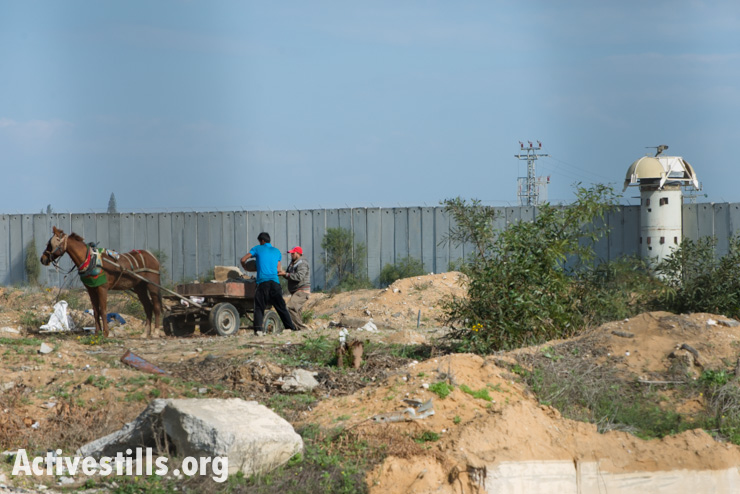
Ibrahim Mansour was collecting gravel near the Gaza Strip’s eastern border with Israel when he was shot in the head and killed by the Israeli military on Thursday, February 13. One of Mansour’s two companions was injured in the shooting. Both survivors say that no warning was given before they were fired upon. Mansour’s killing follows a pattern by the Israeli military in which lethal gunfire is used against anyone perceived as a threat in an ill-defined “no-go zone” extending some 300 meters or more inside Gaza’s northern and eastern borders.
“It is injustice to kill an innocent man who is looking for his living by collecting some pieces of stone to support his family,” says Mansour’s brother, who maintains that Ibrahim was “in an accessible area, far away from the prohibited zone,” when he was shot.
A military spokesperson was quoted as saying that Mansour and his companions were “tampering” with the border fence and that only after “exhausting all other means” to disperse the men, “they fired towards the main instigator.”
Another unarmed civilian, ‘Odeh Hamad, was shot in the head and killed by Israeli forces under similar circumstances in December. B’Tselem reports that no “suspect arrest procedure” was carried out, despite the military spokesperson’s claims to the contrary. “The fact that Hamad was hit in the head rather than in his legs indicates that the shooting did not follow this procedure, which prohibits shooting at the head at any stage,” the report added. ‘Odeh’s brother, who was with him at the time of the shooting, says that no warnings were given prior to the shooting.
Such incidents, B’Tselem says, demonstrate the Israeli military’s “ongoing, illegal policy of using lethal firearms against civilians without justification, and of rules of engagement that permit inflicting injuries, even fatal injuries, in non-life-threatening situations.”
The same report details how 17 percent of the Gaza Strip and 35 percent of its agricultural land are located within these restricted areas. Israel claims to have withdrawn from Gaza, so if the Israeli military needs to establish an off-limits zone between Israel and Gaza, the military should create it in Israeli territory.
Sami Harazin farms land near where Mansour was killed. Eleven dunams (2.7 acres) of his fields have been rendered inaccessible by the border zone, where he once cultivated olive trees, citrus, figs and almonds. Harazin was himself shot in the leg six years ago by the Israeli military as he worked on his land.
Another B’Tselem document, from several years ago, reports that it and other organizations have documented “dozens of cases of army gunfire at persons who posed no threat and were much more than 300 meters from the fence (up to 1,500 meters). In many cases, no attempt was made to arrest the persons, and no warning was given before soldiers opened fire. Where warning was given, it was given only in Hebrew.”
Hamad’s brother explains why so many Palestinians in Gaza work in these dangerous areas: “We have no other job and we have to provide for our families.” Such was the case with Mansour, who leaves behind a wife and seven children, ages 8 to 2.
“I demand to judge the Israeli soldier who shot my son dead,” says Amna Mansour, Ibrahim’s mother.
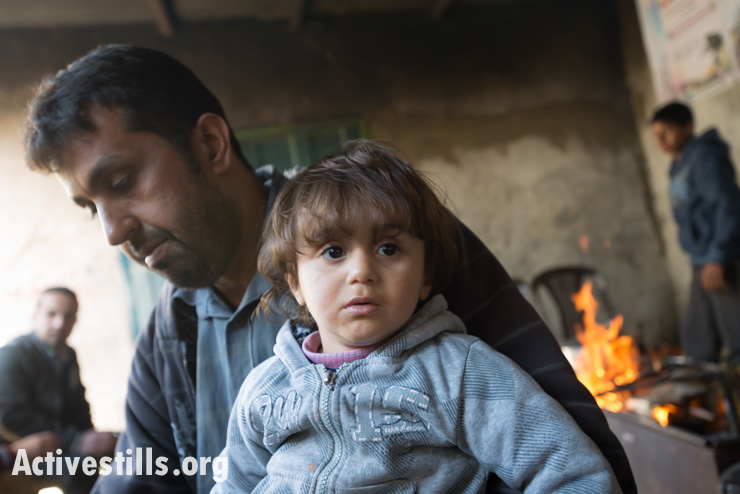
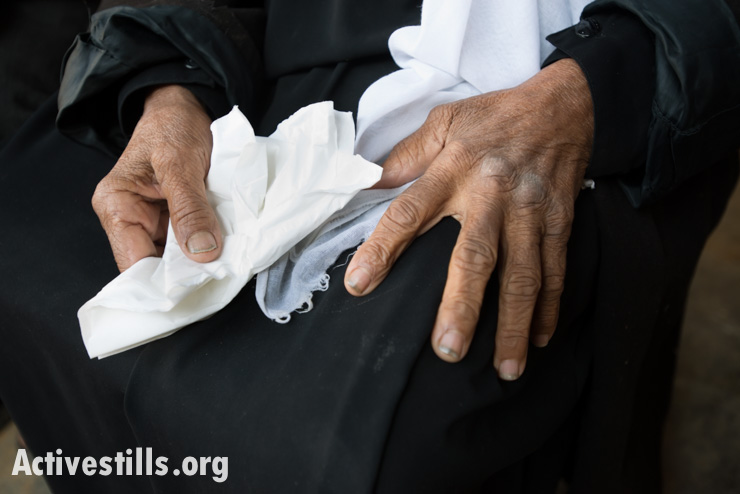
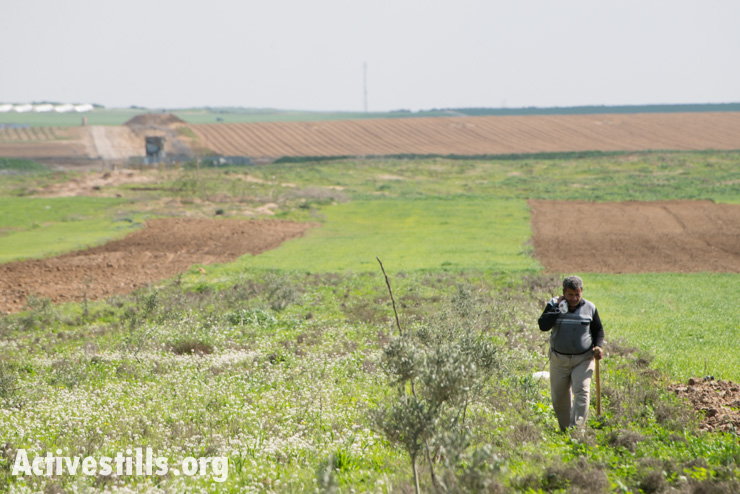
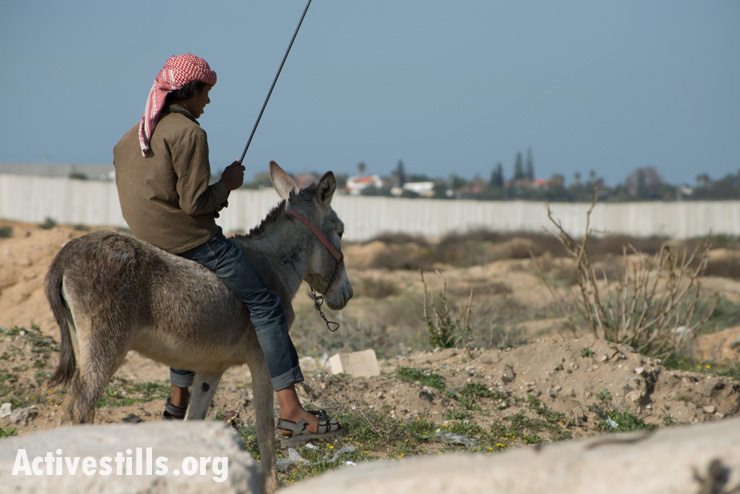
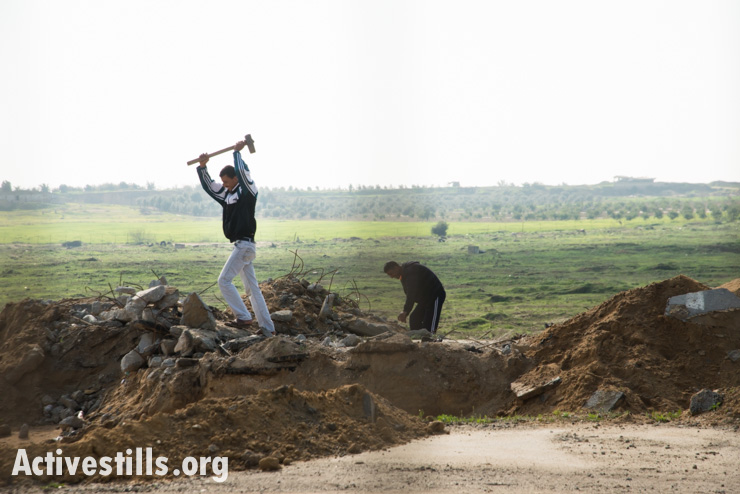
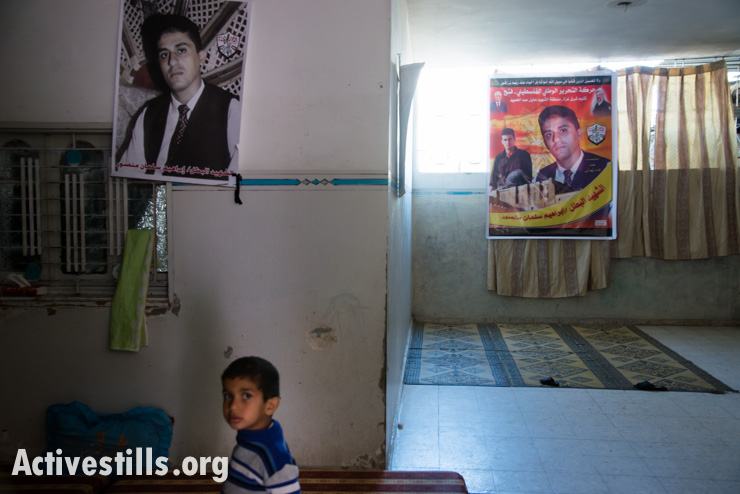
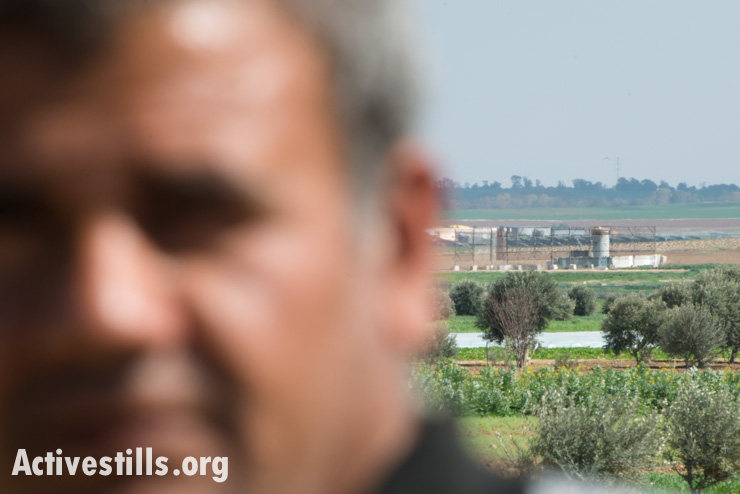
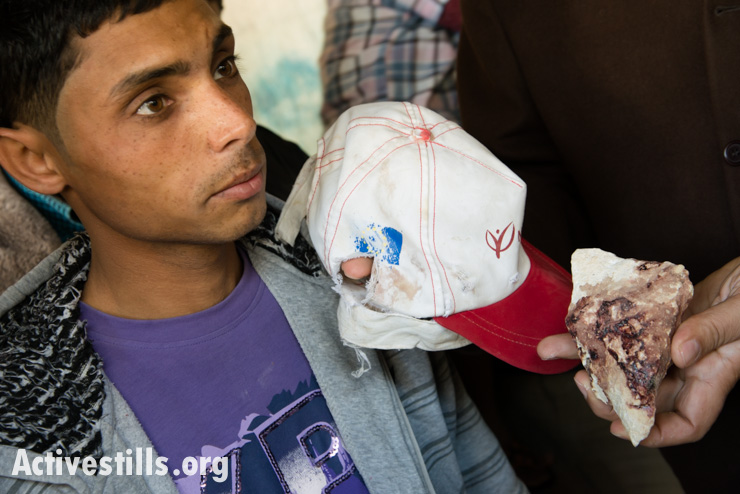
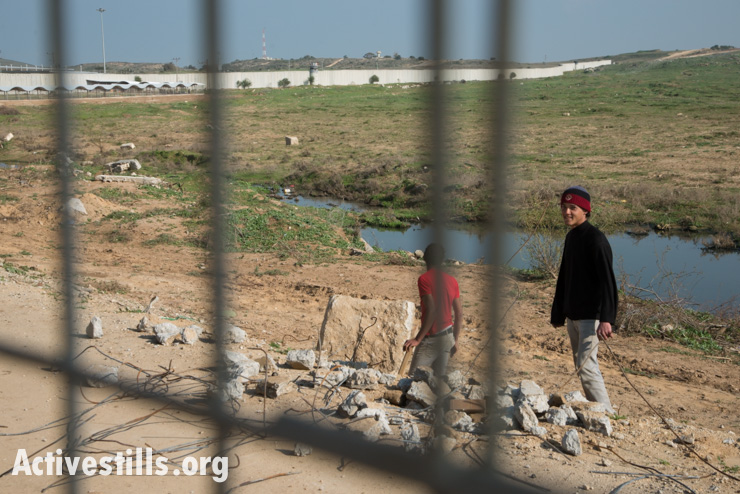
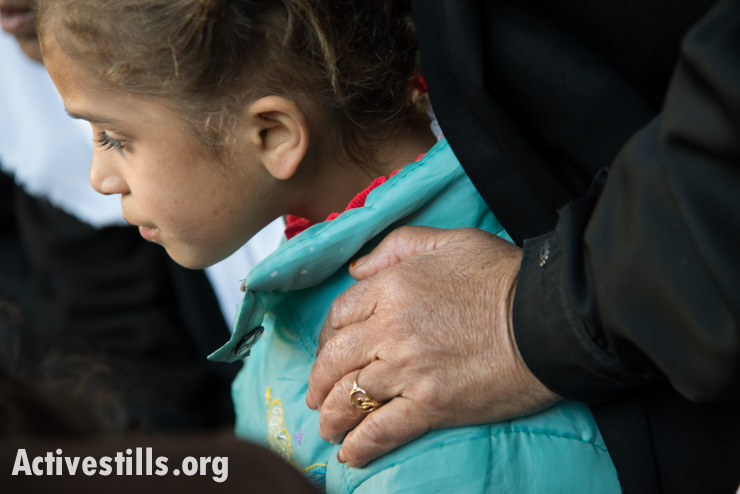

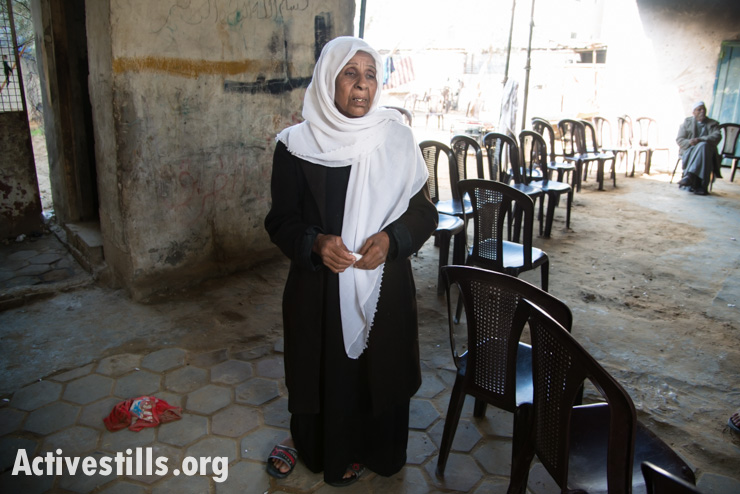
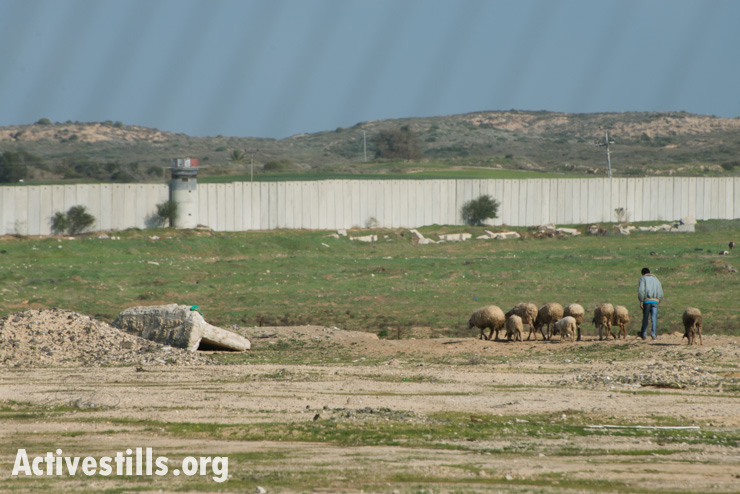
More background from B’Tselem (statistics as of January 1, 2014):
Israel completed the disengagement in September 2005. From then until the end of July 2006, soldiers have killed fourteen unarmed Palestinians near the perimeter fence. Five of the fatalities were minors, one of them an eight-year-old girl. Eight of the dead did not even try to reach the fence, and were shot at a distance of from 100 to 800 meters from the fence. Four other civilians were shot when they tried to cross the fence and sneak into Israel to work, and two were shot near the Israeli border. The IDF’s announcement confirms that none of the persons killed were carrying weapons or objects with which they could mount an attack. B’Tselem’s research also indicates that Israel ‘s security forces did not warn the Palestinians to go away from the area, and they were not given the opportunity to hand themselves over to the soldiers. The IDF Spokesperson’s Office only announced that the soldiers opened fire when they suspected that Palestinians intended to fire at them or sought to place explosives near the fence. …
A primary principle of international humanitarian law is the distinction between combatants and civilians. … Automatically opening fire at every person who enters a certain area, regardless of the person’s identity or the circumstances of the incident, such as in the cases described above, is “indiscriminate firing,” which is liable to constitute a war crime.
Related:
IDF: ‘Forbidden zone’ in Gaza three times larger than previously stated
When security isn’t enough: Separating Gaza and the West Bank


